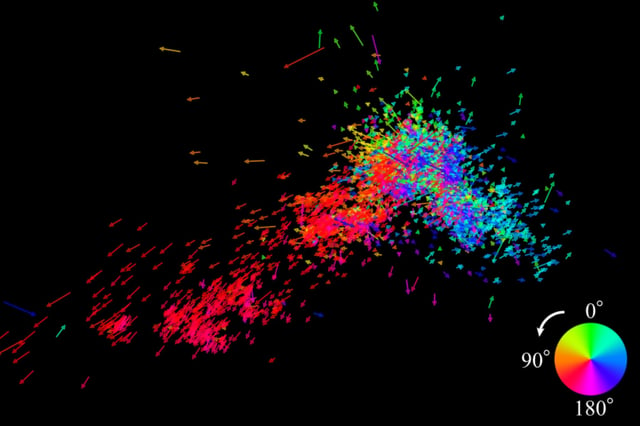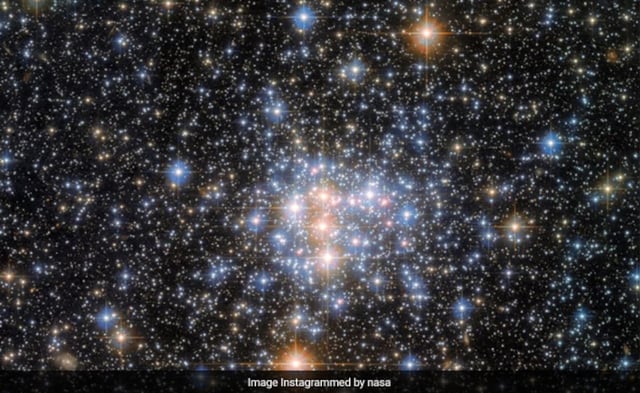Overview
- Astronomers from Nagoya University tracked 7,000 massive stars in the Small Magellanic Cloud (SMC), revealing it is being gravitationally disrupted by the nearby Large Magellanic Cloud (LMC).
- The study found opposing stellar motions within the SMC, with stars closer to the LMC being pulled towards it and others moving away, indicating tidal disruption.
- Contrary to previous assumptions, the SMC lacks rotational motion, challenging existing mass estimates and models of its dynamics.
- The findings suggest the SMC's interaction history with the LMC and Milky Way may need to be revised, impacting our understanding of galactic evolution.
- The SMC's similarities to early galaxies make it a valuable model for studying primordial galactic interactions and formation processes in the early universe.



